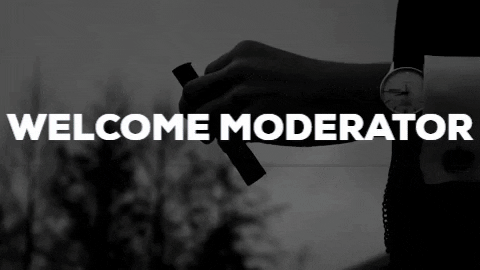Monday, November 4, 2019
RESEARCH: ART OF THE TITLE (SPLIT)
The title sequence to SPLIT is very effective at showing the genre of the TV series as being psychological horror. This is done by the use of non-diegetic sound and the effects used on the text that appears on-screen.
The opening to SPLIT gives the audience a good introduction to a fractured mind and a very twisted and disturbed character. The title is sinister and sophisticated and the title sequence has an enigma/mystery aspect to it which is something I would like to incorporate into my title sequence. The main drive to this title sequence is the music, accompanied by the white text on a black background. This all gives the title sequence a slow and eerie pace whenever the soundtrack in the background of the title sequence reaches a climax the credits appear on-screen usually breaking up the flow of the live-action scenes in the middle of the sequence. The soundtrack acts as a cue for each of the credits, with the oscillating sound being echoed throughout the title sequence. It could be viewed as the sound helping to connote the ideas of underlying the characters' terrifying half-consciousness, and this gives a very unnerving and eerie effect as the audience will be very sceptical about the sounds that are given off. The soundtrack changes from two different sounds, a low almost growl and far off screeches that create the idea that creatures are moving around as if it is a living nightmare and this further gives implications towards the psychological aspect of this title sequence. This type of sound will be very effective for the type of title sequence and film opening I'm trying to achieve.
The typeface used in the title sequence is also very effective, each credit before being shown is sliced up and put on a 24 grid frame before coming together to show the person involved in the TV series. This is very effective as it is reflecting the fractured mind of the character involved and the title of the series. This title sequence is solely driven on the typography and this is rare as many rely on CGI. The use of this in the title sequence is effective as it is reflecting the uncontrolled nature of the character and the difficulties they might face in the series.
There are a variety of shots of a person who has been attacked in the title sequence, which adds a mystery effect to the title sequence. We see in the beginning of the title sequence a man in a mask attacking the screen in a POV shot. The mask is a visual code for someone who wants to hide their identity, which can further persuade the audience to assume that he is going to do something wrong. The use of the POV shot is effective as it shows the audience that they are the person being attacked in that short scene, it has further implications in making the audience wonder who that person is. Further on in the title sequence, we are shown the identity of the girl. It makes the audience wonder who she is, why she is there, and who attacked her. We are shown a low angle shot of her on a hospital bed which is a visual code for someone who has been injured so badly to the point they can't walk. This, therefore, suggests that the attack this girl suffered was extremely brutal. There is little mise en scene in this title sequence which further adds to the suspense of the title sequence and the enigma which accompanies it. There is use of a Gaussian blur which changes the camera's focus to that of focusing on her face, to nothing at all. This could suggest that the girl is fading in and out of consciousness and is struggling to stay awake. This further shows the audience that she is in danger and further causes the audience to feel sympathy for her.
Subscribe to:
Post Comments (Atom)
Welcome Moderator
Thomas Hutchinson 1733 Claremont Fan Court School 64680 I worked with Charlie Slorick 1770 and Alexander Wain 1779 Our brief wa...

-
Casting for Duty Calls from TomHutchinson24
-
The title sequence to SPLIT is very effective at showing the genre of the TV series as being psychological horror. This is done by the u...
-
Thomas Hutchinson 1733 Claremont Fan Court School 64680 I worked with Charlie Slorick 1770 and Alexander Wain 1779 Our brief wa...



Excellent work. You reflect on how title credits function and you draw attention to those aspects of creativity that you would like to attempt yourself.
ReplyDelete